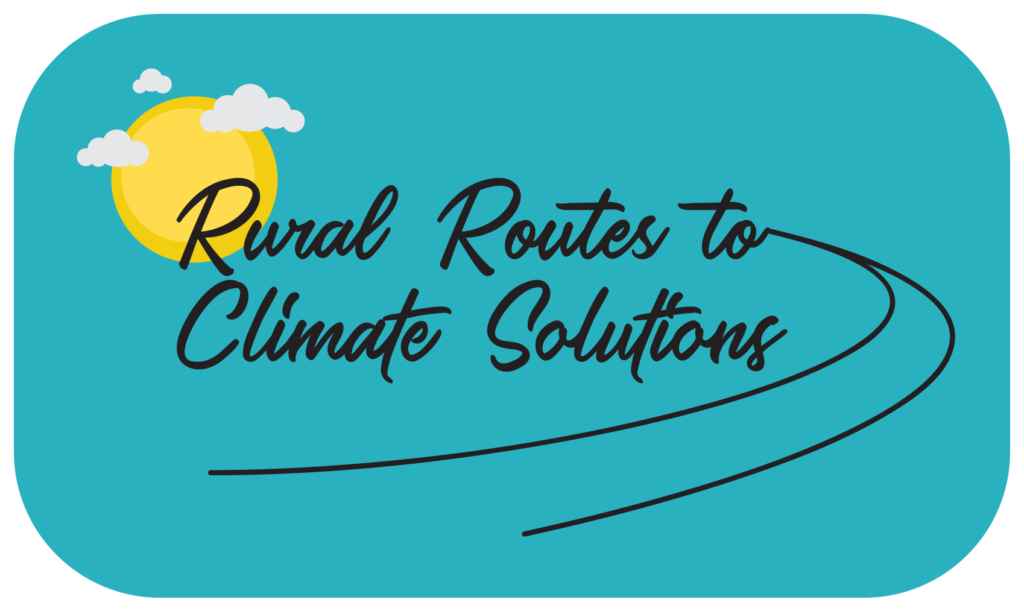Small Berry with a Big Story – Rosy Farms – Sturgeon County
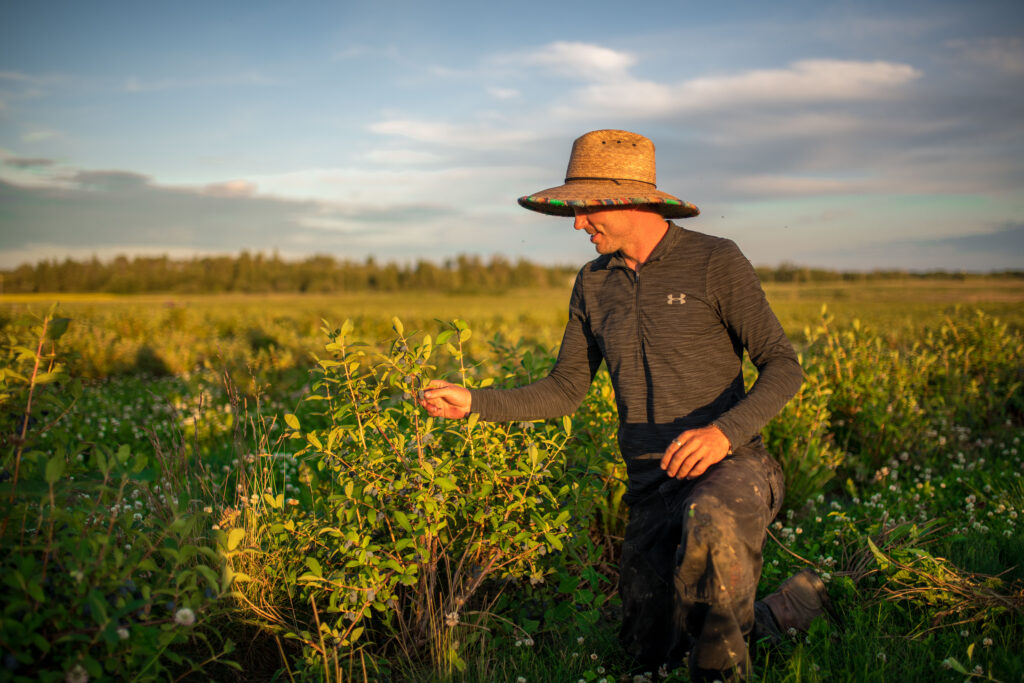
Andrew works with natural ecosystem succession: planting berry bushes on broken, exposed soils and making room for pioneer species – like dandelions, for example – and grasses and shrubs. He points out how “weeds” actually have tremendous value in helping to aerate soils, provide shade for other plants, and stimulate microbiology in the soil. Andrew purposely sowed bunch grasses – a grass that would be in the same phase as the haskaps – as opposed to a creeping grass, like a brown grass, or quack grass.
Mountain Pine Beetle Webinar
April 21st 2021
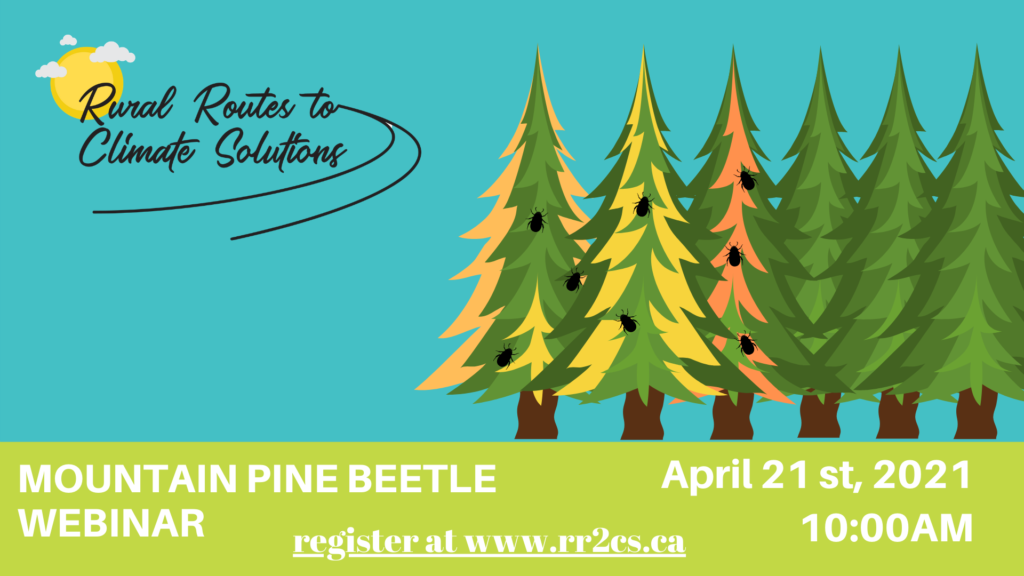
Please join us to learn how to identify, prevent, and manage your trees against Mountain Pine Beetle infestations.
Building Soil, Healthy Ecosystems & Community – Tin Forest Farm – Wetaskiwin, AB
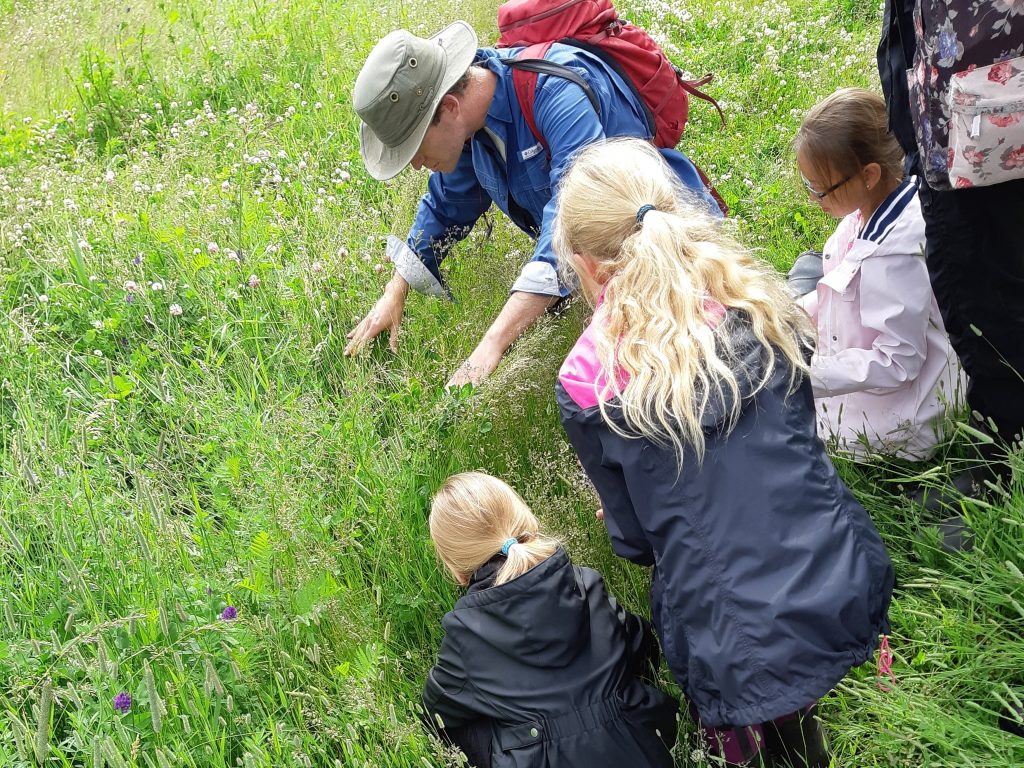
In their first year on the land, the Schambers planted 500 trees. The following year, they planted 3000. Today, they have over 8000 trees on their property. “The land was what fit our budget – it wasn’t the land of our dreams,” reiterates Alana. “But we’ve been working with the land to clean up the junk, reorganize, plant trees, encourage plant growth and make it the farm of our dreams.”
Over the past decade, the Schambers have helped to restore and rehabilitate Tin Forest Farm through regenerative farming practices, including rotational grazing, agroforestry, and fencing off sensitive riparian areas. The family raise grass-finished heritage beef and lamb, heritage chickens, honey bees, and sell hand-spun wool. In previous years, Alana organized an annual summer Kid’s Nature Camp and a Farm to Table community dinner at the farm. “Our goal is to get local food on the tables of local families,” says Alana.
Heritage Sheep Farming and Silvo-Pasture Management – Rhyant Rock Farm – Stony Plain, AB
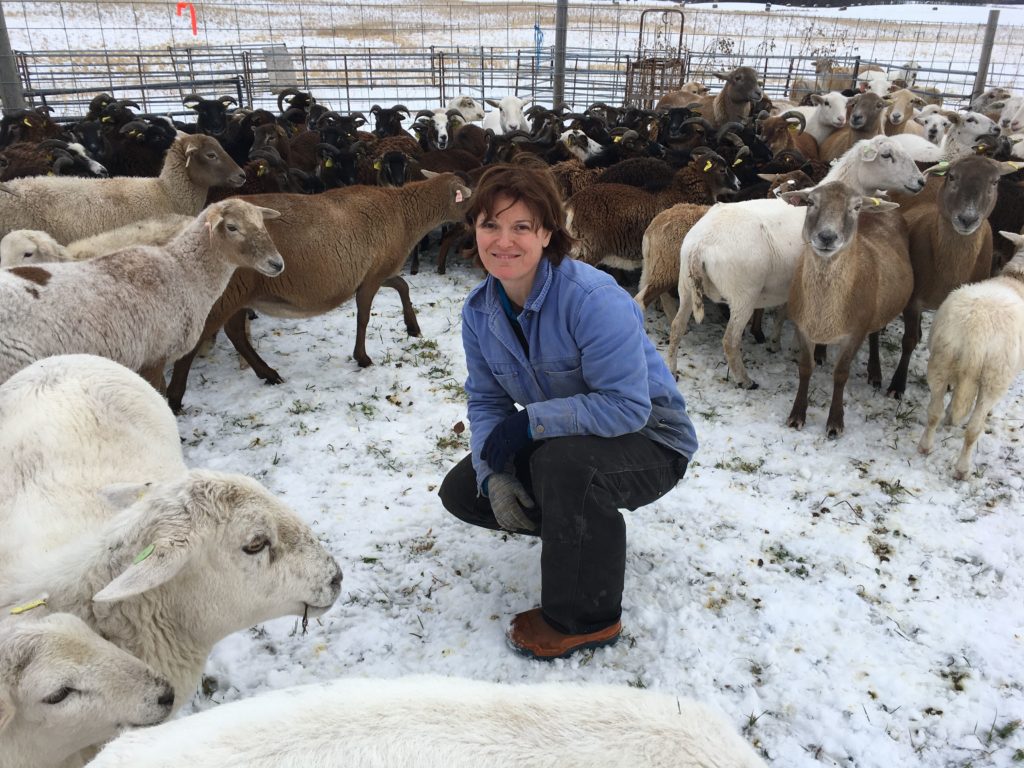
When I began to consider the risks for disease – which is very real in this day and age, look at COVID-19 for example – I became really interested in learning more about heritage breeds. There’s certain breeds that are more disease, or parasite resistant. There’s also mothering instincts and attributes of food quality. When you consider evolution, some breeds go extinct. But sometimes they lose popularity because they are smaller, or slower at production. I think as human beings we’ve gotten caught up with breeds that grow the fastest versus those that are of better food quality.
For me, I work off-farm, so I can’t be here 24/7 to lamb sheep, or getting up in the middle of the night and then going to my day-job and performing well. It was important to me to find breeds – American Soay and Katahdin sheep – that are able to look after themselves in the hours when I’m not here. With these breeds, lambing entails going out in the morning and evening and putting tags in the lambs’ ears. It doesn’t involve pulling lambs. It doesn’t involve 2 AM checks or anything like that.
Organic, Biodynamic & Biodiverse Farming – Sand Springs Ranch – Lac La Biche, AB
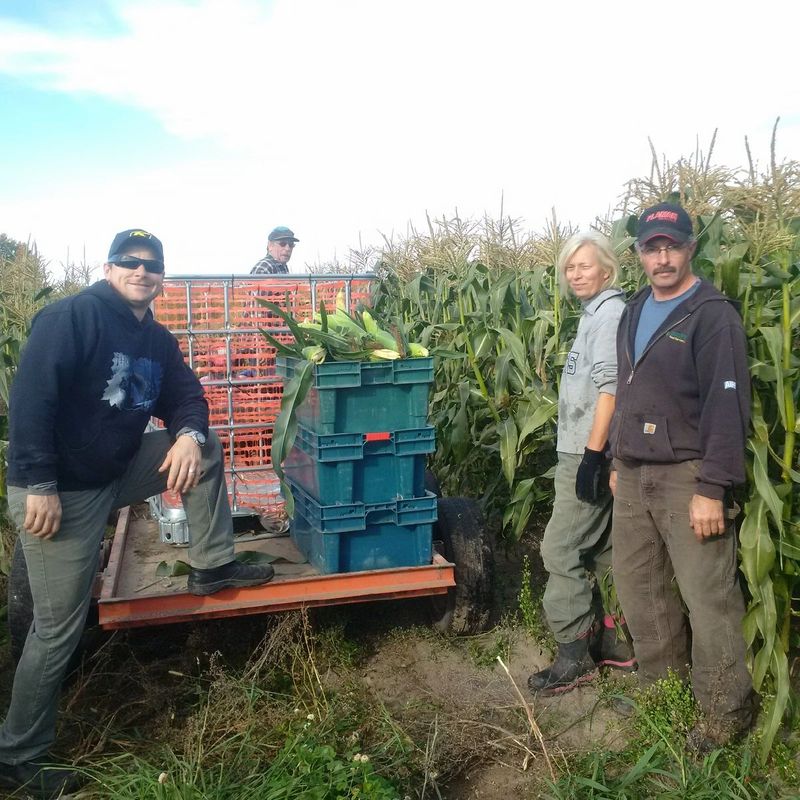
Janice and her husband, Ty Shelton, have been running Sand Springs Ranch, a certified organic operation, with a philosophy for biodiversity for over 35 years. They raise grass-finished beef, pasture-raised pork, and grow organic vegetables, and both table and seed potatoes in northeastern Alberta. “We are a small family farm. We consider ourselves small compared to the big guys.”
Biodiversity and diversification are at the heart of what the Sheltons do at Sand Springs Ranch, from relying on the unique skillsets of every family member to feeding their cattle a blend of hay from a variety of fields – all with different soil biology and nutrients – to diversifying their products and marketing strategies, to cultivating lesser known varieties of potatoes.
EP36 Regenerative Potatoes
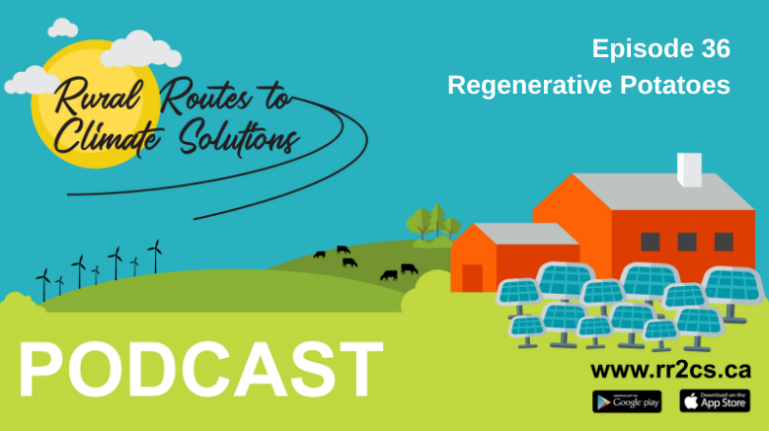
Podcast: Play in new window | Download
Subscribe: RSS
Colorado-producer Brandon Rockey talks regen ag, soil health, plant diversity and potatoes with Alberta rancher Steve Kenyon in GRO’s Coffee Shop Talk series.
Low-Carbon Market Gardening – Northern Lights Fruits & Vegetable Co. – Manning, AB

Part of Dan and Louise’s vision for Northern Lights was minimizing their impact on the environment and producing good, nutritious food as sustainably as possible. “We wanted to minimize our carbon footprint to the greatest extent possible,” says Dan. “Solar was a very natural path, or direction to move in.”
Before leaving Edmonton, the couple took a course in Solar Energy to learn some of the basics in order to familiarize themselves with considerations and different technologies. When designing their farm, they identified different energy needs on the land. Dan says he spent a great deal of time researching different solar technologies for specific tasks, say, running water pumps, or running electric fences, when he had an important realization.
Farming as though the Earth Matters – Brenlea Farms – Camrose, AB
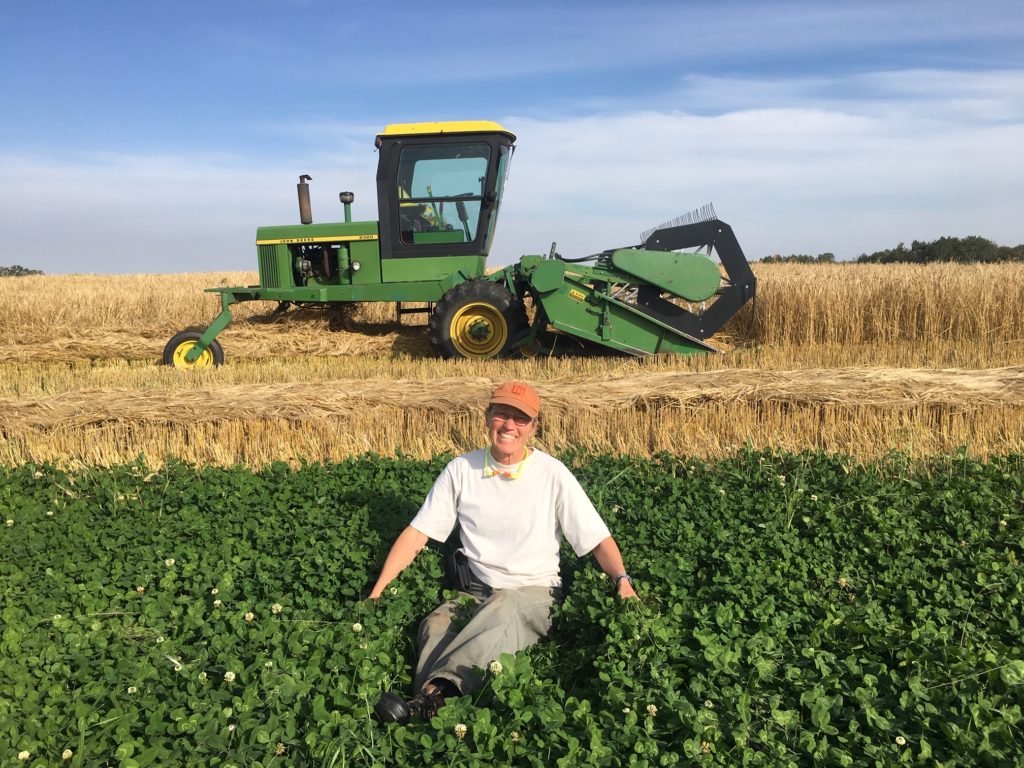
Brenda Bohmer, a grain farmer at Brenlea Farm in central Alberta, realized she’d been draining sloughs for years in an attempt to farm more acres. She would seed around duck nests, but in order to deal with weeds, she’d farm right up to the edges of the wetland. “It’s a mindset you get locked into,” she admits. Bohmer’s goal? Create a year-round wetland and invite nature to help rehabilitate the natural wetland ecosystem and water cycle.
Several years ago, Bohmer partnered with Cows and Fish – Alberta Riparian Habitat Management Society. Within a year, nature took over the wetland and Bohmer was amazed to see the transformation of the riparian habitat. “I can still grow crops between the wetlands,” explains Bohmer. “But now I have a buffer which provides a separation between farming operations and the natural habitat. Bohmer points out that 80 percent of all types of wildlife in Alberta spend all, or part of their lives in a riparian area. “We can co-exist,” she says. “I like to think of this as farming as though the earth really matters.”
In Conversation with Rachel Herbert – Trail’s End Beef – Nanton, AB

‘Sustainability’ is what drives the Herbert family, owners of Trail’s End Beef, a grass-fed and finished beef ranch, nestled outside of the town of Nanton, in the Porcupine Hills of southern Alberta. Rachel and Tyler, with the help of their two children, practice rotational grazing management and steward the native grasslands, rolling hills, abundant springs, and sheltering poplar and willow groves. They raise calves entirely on pasture (and stored forage through the winter) until they’re 26 to 29 months-old, and direct market the beef to a diverse customer-base in southern Alberta.
The Herbert family ranches with an ethic for animal care, and environmental stewardship and regeneration, protecting watersheds, planting cover crops, and allowing the land to rest between grazing. They share the native grassland with a variety of wild ‘neighbours’, including geese, songbirds, coyotes, muskrat, cougars and grizzly bears.
*BONUS* The Coordinators
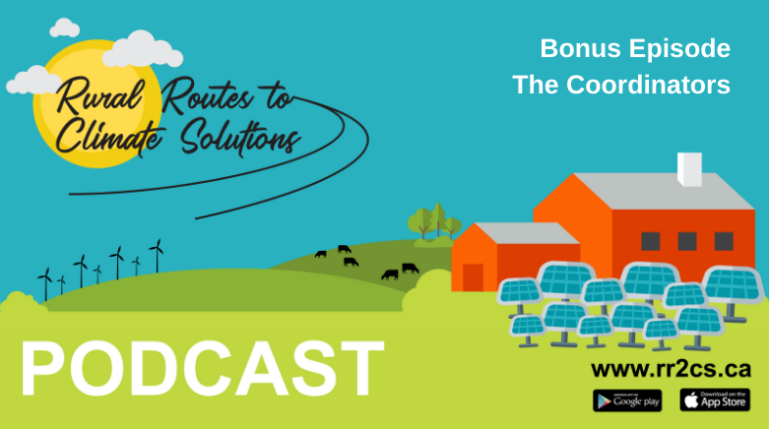
Podcast: Play in new window | Download
Subscribe: RSS
Meet two of the powerhouse coordinators that Rural Routes to Climate Solutions relies on to make things happen on the ground: Diandra Bruised Head and Marie Golonka.
